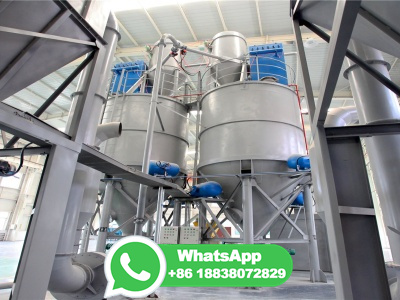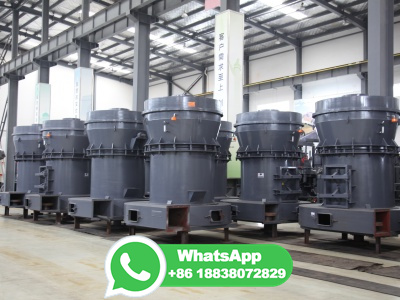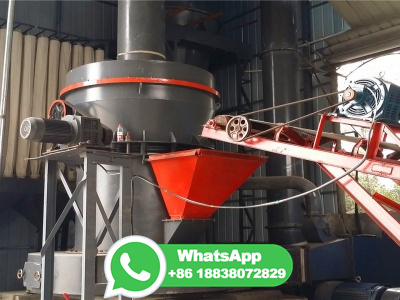What are the differences between coal and diamond?
WEBMay 2, 2020 · The process started millions if not hundreds of millions of years ago when volcanic eruptions brought the diamonds closer the surface. But there's no coal in outer space, so once again these tiny diamonds were probably formed by pure carbon.


























